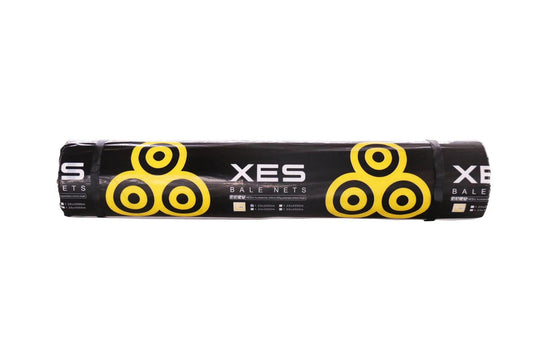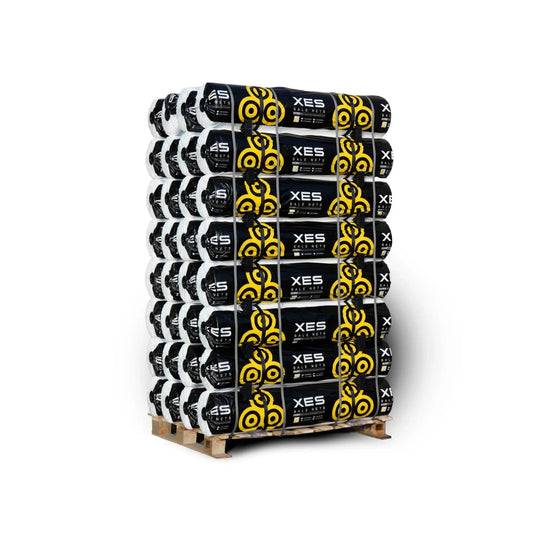Introduction
The use of HDPE bale net wrap for packing bulk materials in agriculture has significant environmental implications. HDPE is a type of plastic derived from petroleum, and its production contributes to greenhouse gas emissions. The carbon footprint of HDPE production is 1.60 kg CO2·kg−1 of polyethylene granules, indicating that for every kilogram of HDPE produced, approximately 1.60 kilograms of CO2 are emitted into the atmosphere.
The main environmental concerns associated with HDPE bale net wrap
- Waste Generation: The packaging of bulk materials using HDPE bale nets results in the generation of thousands of metric tons of waste. Since bale nets are used extensively in modern agriculture, the accumulation of this waste can have a significant impact on the environment if not properly managed.
- Greenhouse Gas Emissions: As mentioned earlier, HDPE production releases greenhouse gases into the atmosphere, contributing to climate change. The emission of CO2 during the production process adds to the overall carbon footprint of the agricultural sector.
- Raw Material Consumption: To improve the strength of agricultural nets made from lower-quality HDPE, manufacturers utilize thicker base materials. This leads to higher consumption of raw materials, increasing the overall demand for HDPE.
Sustainable Alternatives for Bale Nets
To reduce the environmental burden caused by HDPE bale net wrap in agricultural practices, it is essential to explore and adopt sustainable alternatives. Some potential options include:
- Biodegradable Materials: Research and development efforts should focus on creating bale nets using biodegradable materials instead of HDPE. These materials should have comparable strength and durability but can break down naturally over time, reducing waste accumulation.
- Recycling and Circular Economy: Implementing recycling programs for used bale nets can help decrease the amount of waste sent to landfills. Adopting a circular economy approach in which bale nets are recycled and used to produce new nets can further reduce the demand for new HDPE production.
- Sustainable Packaging Methods: Alternative packaging methods, such as using reusable containers or natural fiber-based packaging, should be explored. These methods can help minimize the reliance on single-use plastic materials like HDPE bale nets.
- Life Cycle Assessment: Conducting a comprehensive life cycle assessment of different packaging materials, including bale nets, can provide valuable insights into their overall environmental impact. This assessment can help identify the best eco-friendly alternatives.
- Research and Knowledge Sharing: Encouraging further research and knowledge sharing on sustainable packaging materials for agriculture can lead to the development and adoption of more environmentally friendly solutions.
Conclusion
The use of HDPE bale net wrap in modern agriculture for packing bulk materials contributes to significant environmental burdens. The waste generated, greenhouse gas emissions from HDPE production, and excessive raw material consumption are all critical concerns. To address these issues and promote more sustainable agricultural practices, efforts should be directed towards finding and implementing eco-friendly alternatives for bale nets. By adopting greener packaging methods and materials, the agricultural sector can reduce its environmental impact and contribute to a more sustainable future.
XES Bale Wrap Net
XES Bale Wrap Net wrapped the cylindrical bales well and receives positive assessments, The edges of XES Bale Wrap Net can be wrapped more precisely when harvesting green fodder for silage. Then, better conditions are provided for the silage of green fodder to obtain a better quality of the fodder. There were no cases of bale deformation or net breaking when the bales were unloaded onto the surface, during the bale loading, transport and storage.


